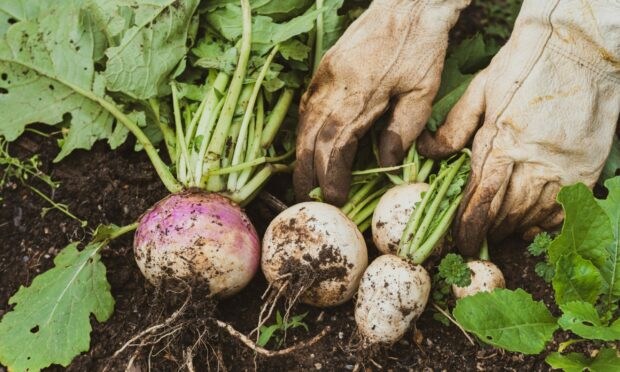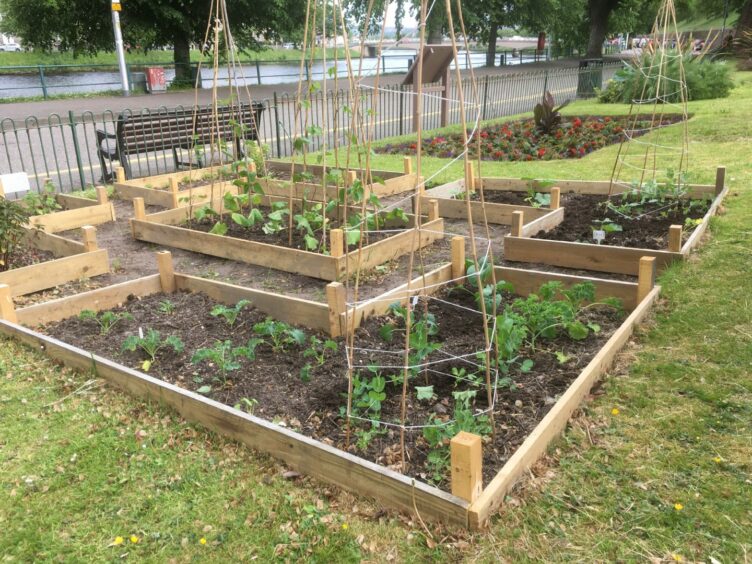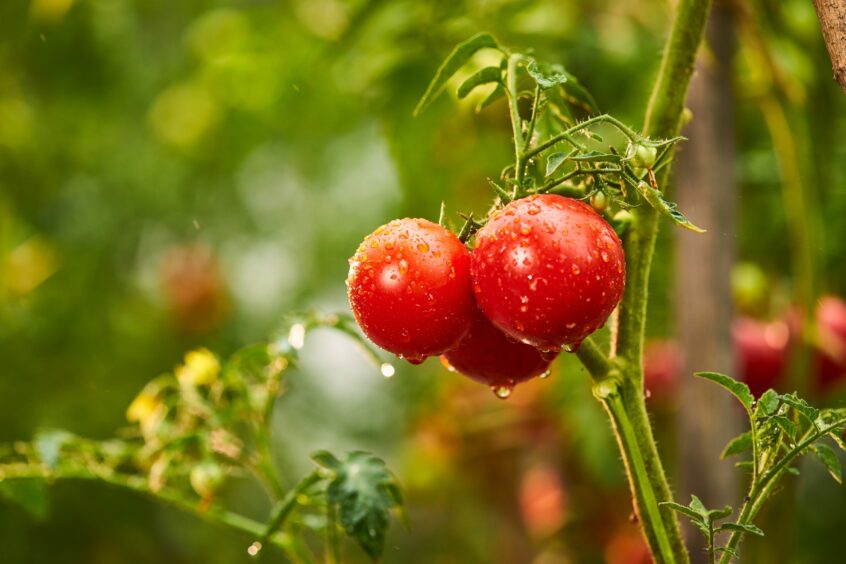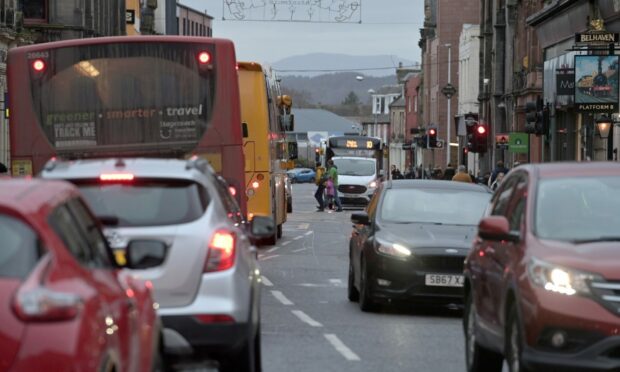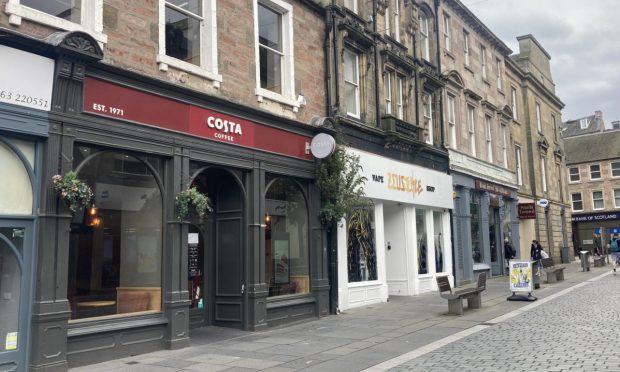People should be given the right to turn road verges, lawns around hospitals and underused public spaces into vegetable gardens and orchards, a campaign group has said.
Incredible Edible, a network of more than 150 community growing groups, has revealed plans to get local authorities to keep a register of public land suitable for vegetable and fruit growing.
Local groups could then apply for access and use of the land.
The campaign group – which has members in Orkney, Inverness and Moray – are pushing for a “right to grow” law and say it would give people better health and access to fruit and vegetables.
Better use of public land and funds
The “right to grow” campaign has cross-party support from Lords and MPs.
Pam Warhurst, co-founder of Incredible Edible, told The Guardian: “This is a no-brainer if we really think we’ve got to give people better health, wellbeing and access to good food.
“It’s really simple and we don’t have to invest millions – let’s just better use land that taxpayers are already paying for.”
The community first began growing food on neglected public land in Yorkshire in 2008. It is now a blooming community and has spread to hundreds of places around the UK and across the world.
Scotland has 12 Incredible Edible groups with several based in Moray, Inverness and Orkney.
An increasing ‘appetite’ for growing food on unloved land
Ms Warhurst said: “There is an appetite for finding unloved bits of land, rolling up sleeves and growing food on it but we’ve found a very uneven playing field for people getting access to land in their community.
“Currently, if you have a local authority who isn’t supportive for some reason then you’ve got a bit of a problem.”
One of the issues that sometimes stops local growers is councils mentioning health and safety concerns. However, Ms Warhurst added: “We haven’t killed anybody yet and we have no intention of doing so.”
Under the proposals, the new law would require councils to have a list of public land available for suitable “community cultivation”.
This would include land owned by the NHS, government agencies and possibly water utilities.
Local residents and groups would be able to apply for a certificate of lawful use to grow produce on the land for an agreed time period free from rental charges.
It was also proposed land that was too contaminated for growing produce could be used for things such as bee-keeping.
